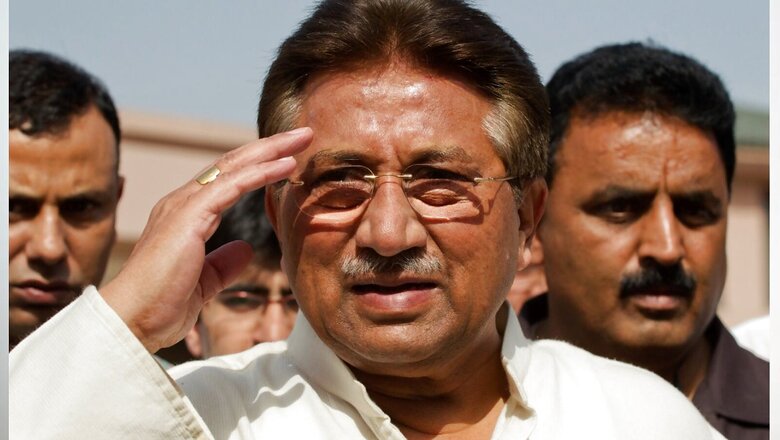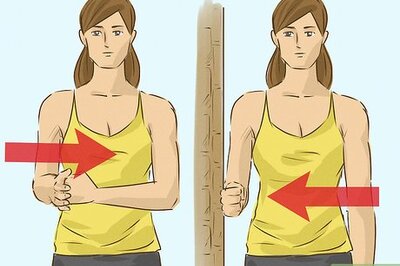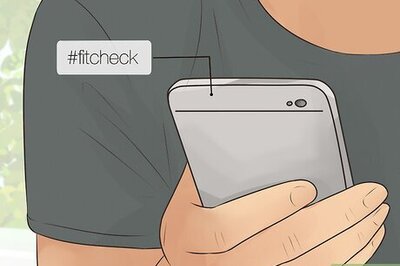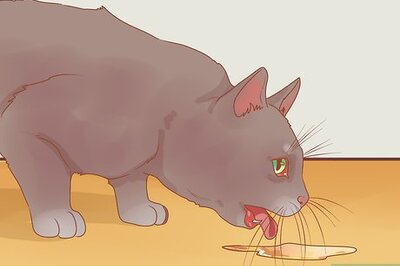
views
A death is a death—and it is a bad occurrence. Period.
So, when the news of General Pervez Musharraf’s demise filtered in, it was not a thought of rancour but one of melancholy at the loss of life; that he was responsible for ‘Kargil’ in 1999 and the 527 Indian lives lost is no doubt a nauseating thought — but death being the final leveller should bring sobriety in any discussion. The General’s demise also brought back remembrance of an incident that occurred on 14 July 2001, when he came calling, ostensibly to discuss peace with India. I was the Staff Officer to Air Chief Marshal AY Tipnis, a boss who was a no-nonsense man.
We had come to know a few days earlier that the President of Pakistan would be visiting Delhi on an official visit. Kargil had happened just two years earlier and wounds and scars were still fresh with the nation at large, and the armed forces in particular. That many of our soldiers were brutally treated only added to the abominable thought that a Tri-Services Guard of Honour would have to be presented to General Musharraf since he was a visiting head of state.
Military history is replete with the importance of symbolism in any armed force. Thus, the quarter guard (where arms are stored and the unit flag flown) has a demi-god status while the parade ground is a hallowed piece of real estate. War stories have had commanders moving with a cane in hand exhorting their forces while bullets are flying around, or some wearing their caps at a rakish angle, just to be different. Churchill’s ‘growl with a cigar’ photograph came to represent British resilience during the dark days of World War II while Gandhiji’s dress simplicity would stay an eternal symbol of his inner fortitude to get back our independence. And here comes a person, who had to be given all the trappings of a head of state – but the thought of an Indian officer saluting General Musharraf was bothersome. Being a student of military history, the importance of symbolism, especially in atypical times, came flooding back. Why not make General Musharraf ‘look up’ to the Indian military, was the thought that came. The way to do it could be by having a tall strapping officer command the Guard of Honour – the General would have to return his salute by looking up and saluting!! Juvenile thought? Yes, but symbolism counts.
Came 14 July and Wing Commander Pavan Rishi, a 6′2″ tall officer from Indian Air Force (IAF’s) VIP Squadron, as commander of the Guard of Honour, presented his complements to the short well-built General Musharraf! And Musharraf returned the salute looking…….
Postscript
The Air Assistant to the Chief was probably listening in to our conversation that day and conveyed it to the right quarters. But the piece de resistance of the ceremony was the Air Chief not saluting the Pakistani President – that is part of folklore!
The writer is a retired Air Vice Marshal and former Additional DG, Centre for Air Power Studies. Views are personal.
Read all the Latest Opinions here
















Comments
0 comment